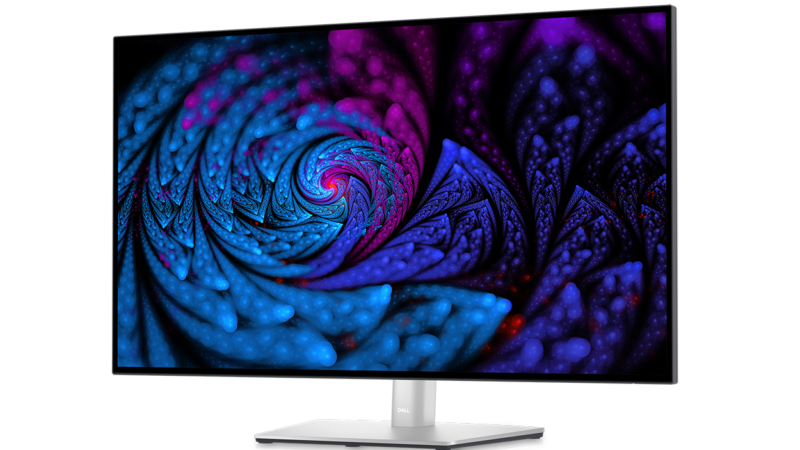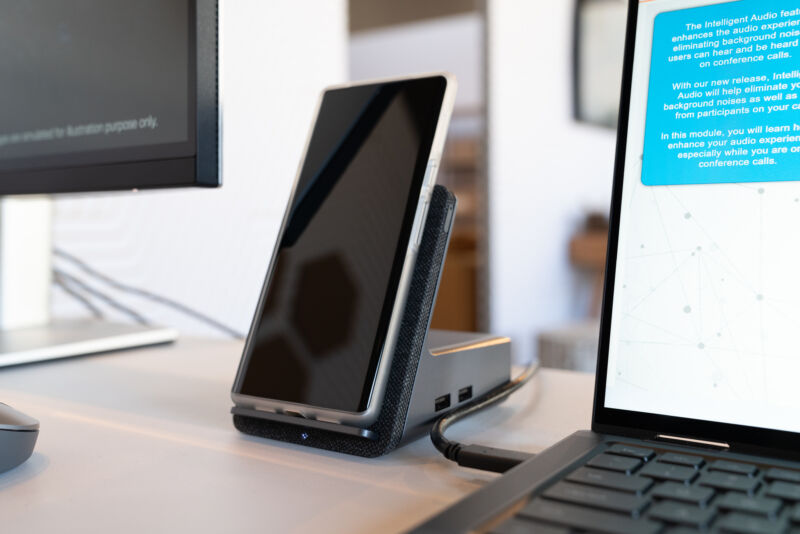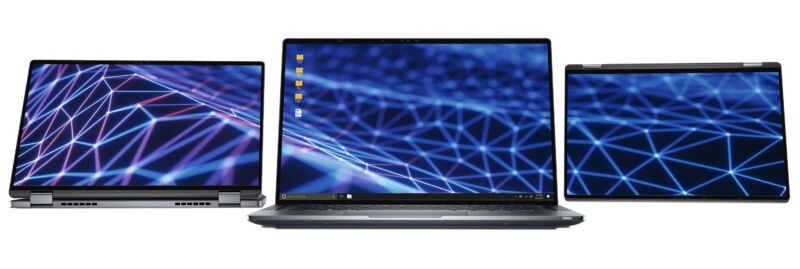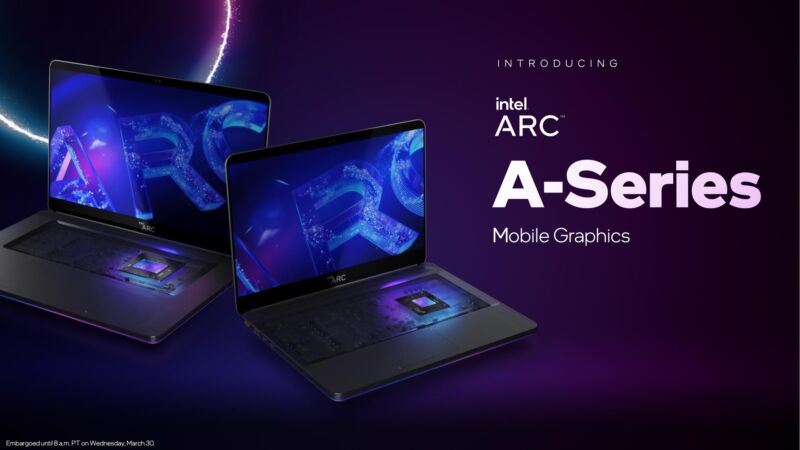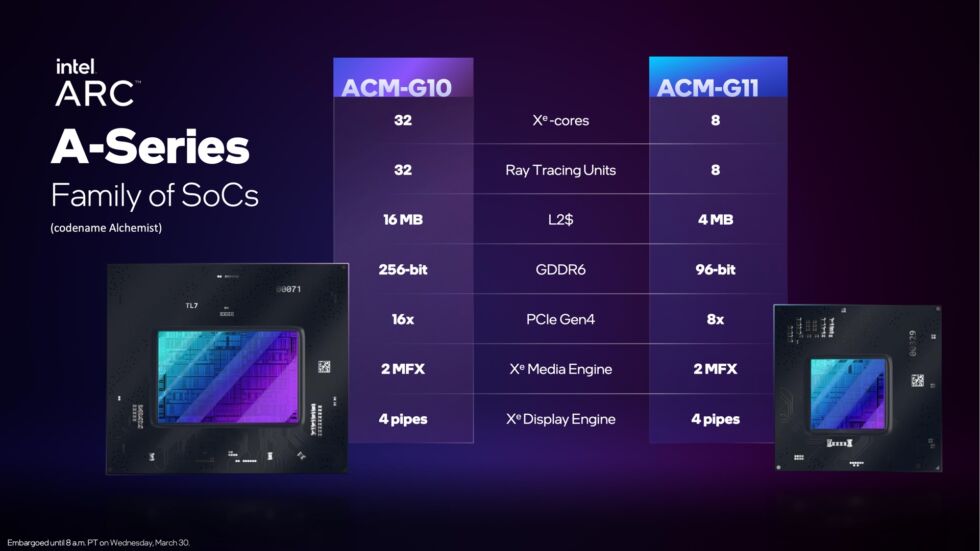Incoming transmission from Obi-Wan Kenobi... Actor Ewan McGregor has some important news.
Disney+ originally picked an auspicious date for the premiere of its new Star Wars series, Obi-Wan Kenobi: Wednesday, May 25, the same date that Star Wars Episode IV: A New Hope was released in 1977 (back when it was known simply as Star Wars). That film celebrates its 45th anniversary this year. But the streaming platform announced today—via a video featuring star Ewan McGregor—that it is shifting that premiere date to Friday, May 27, right before Memorial Day weekend.
We might have to wait a couple of extra days, but at least Disney+ will simultaneously release the first two episodes. As Deadline Hollywood pointed out, May 27 is also the premiere date for the fourth season of Stranger Things (Part 1), so our holiday weekend viewing is pretty much sorted.

Obi-Wan Kenobi (Ewan McGregor) is on Tatooine looking after a young Luke Skywalker—from a distance. (credit: YouTube/Disney+)
We first learned in August 2019 that the rumors were true about a Star Wars spinoff series featuring Obi-Wan Kenobi. That's also when we learned that Ewan McGregor, who played Obi-Wan in the Star Wars prequels, would reprise the role. The actor made a surprise appearance at the tail end of a showcase presentation at D23 Expo 2019, Disney's annual fan extravaganza. Then came the big news that his co-star Hayden Christensen would return as Anakin Skywalker/Darth Vader. Lucasfilm President Kathleen Kennedy called it "the rematch of the century" at the December 2020 Disney Investors Day.


